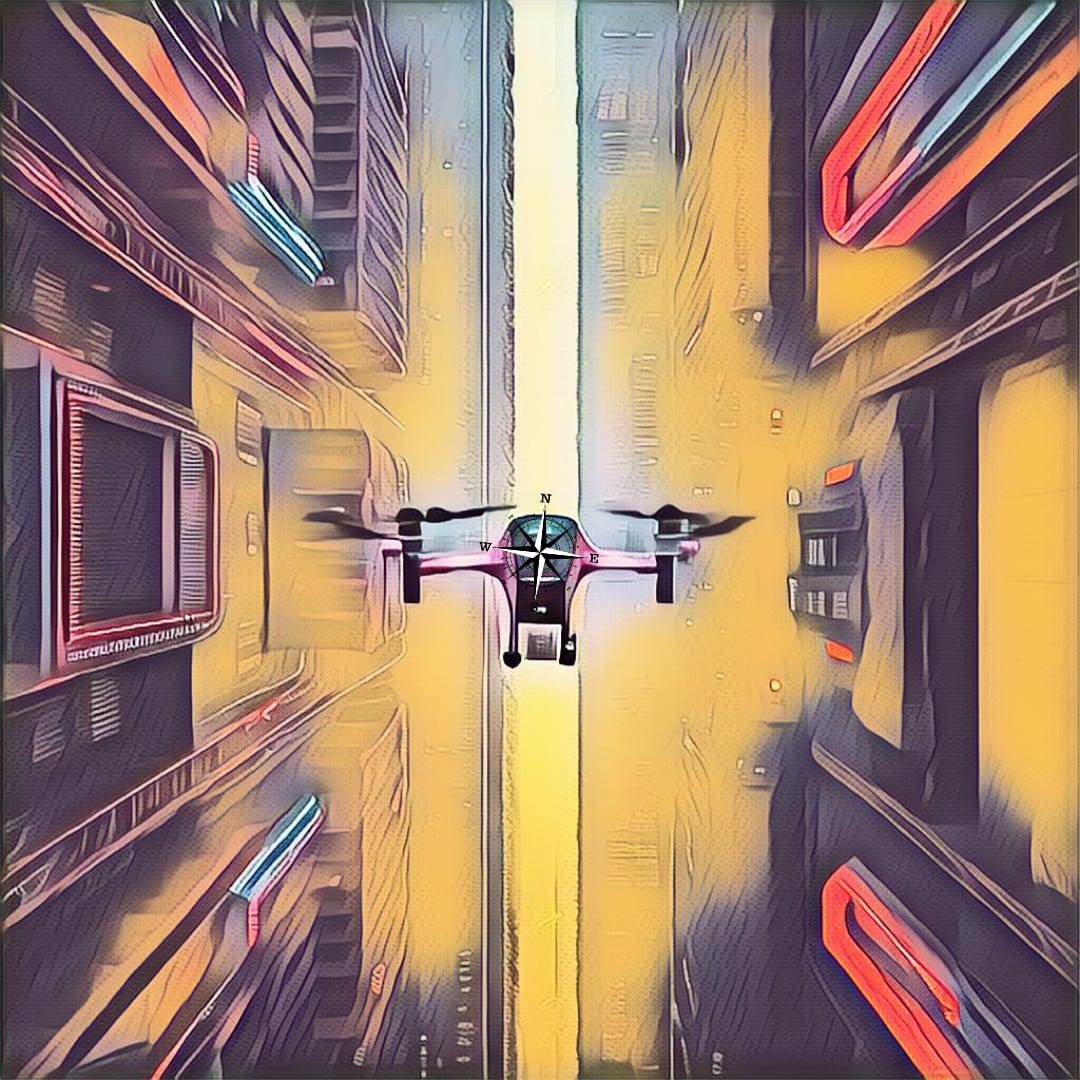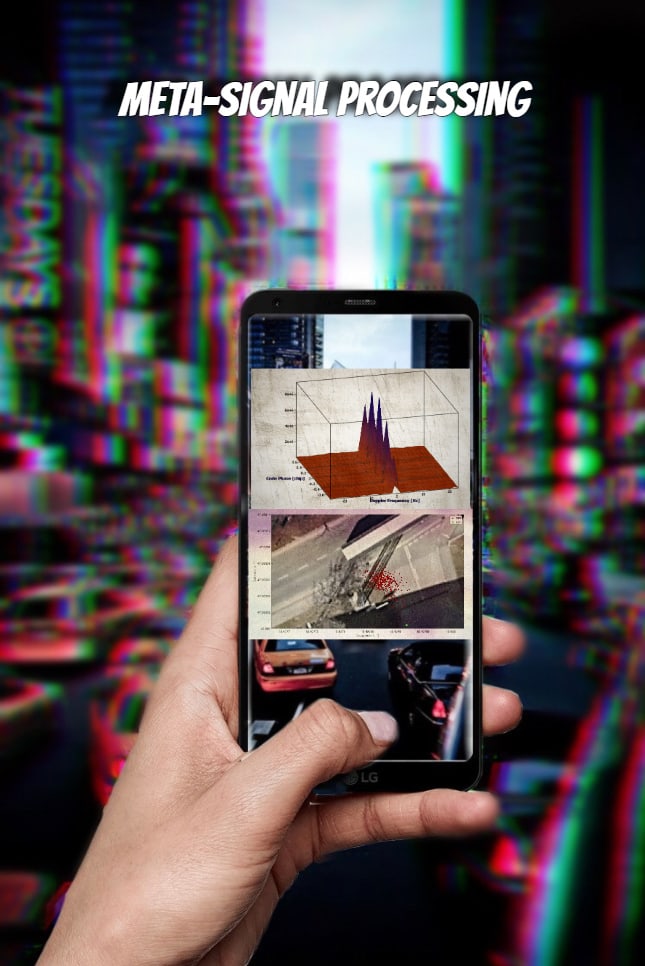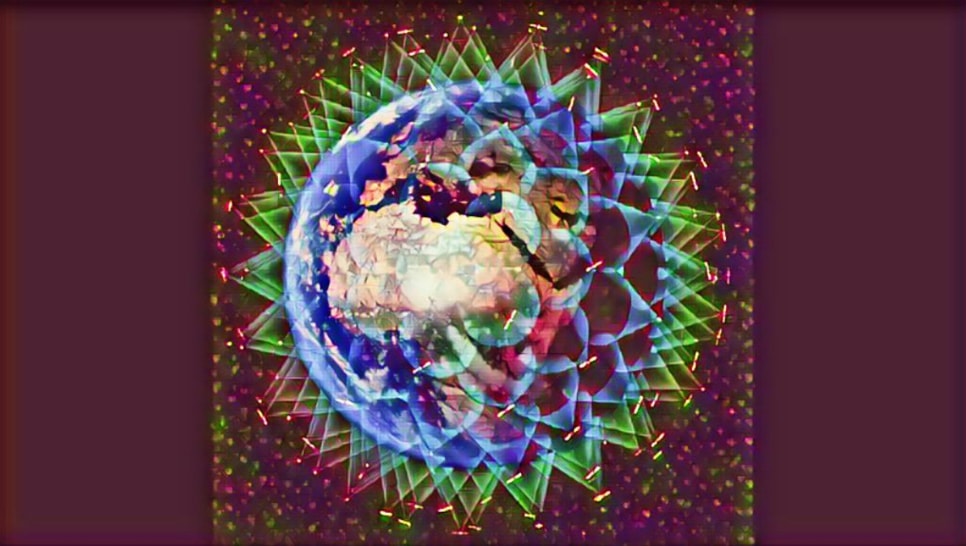




This project serves the broader objectives of navigating UAVs without GNSS but still monitoring GNSS interferences.
NADODE Navigation of drones with GNSS interference monitoring in GNSS denied environment
The escalating threats posed to Global Navigation Satellite Systems (GNSS) by deliberate interference, encompassing interference, jamming, and spoofing, necessitate a dual-pronged approach. Firstly, it requires the consideration of employing multiple sensors or sensor fusion technologies as viable alternatives to GNSS, especially in contexts where safety and military operations are at stake. Secondly, it demands the development of advanced methods with heightened sensitivity to detect and pinpoint the sources of interference, including Unmanned Aerial Vehicles (UAVs), in real-time to assess instances of compromised or incapacitated GNSS navigation. Notably, this includes scenarios where drones are compelled to rely on alternative navigation methods due to GNSS impairment, with the aim of identifying and neutralizing interference from both ground-based and aerial sources.
UAV against Interferer
The primary objective of this project is twofold. Firstly, it seeks to identify the most suitable non-GNSS navigation sensors or sensor fusion approaches for both civilian and military applications. This is accomplished through extensive simulations, the development of criteria matrices tailored to specific use cases, SWOT analyses, and a thorough review of existing field reports in the literature.
The second key objective centers on the implementation of more sensitive interference detection algorithms, with a particular focus on the Karhunen-Loève transformation (KLT) in software. This method is rigorously tested via simulations involving various GNSS interference scenarios and is compared against conventional approaches such as the Fast Fourier Transform (FFT). Ultimately, it is intended to undergo practical testing.
Karhunen-Loève transformation proof of concept
The third objective entails the realization of a Proof-of-Concept by deploying a drone equipped with a demonstrator for genuine non-GNSS navigation and KLT-based interference detection. This milestone is set to occur for the first time at the Seetaler Alpe military training area (TÜPL), utilizing the LOKI signal generator developed by IGASPIN as the jamming and spoofing source.
Additionally, the project includes the application of a specific non-GNSS navigation method. In this context, image-based localization utilizing passive sensors is chosen and implemented. The fundamental principle behind visual navigation involves comparing captured image data with an existing visual representation of the environment, or one generated concurrently. This alternative navigation method is evaluated using recorded data, with post-processing conducted on actual recorded data.
In sum, this project contributes significantly to enhancing the security and availability of critical infrastructure and services that rely on GNSS technology.
The project was partly funded within the FORTE program by the österreichische Forschungsförderungsgesellschaft mbH (FFG), Vienna and financed by the Austrian Bundesministerium für Finanzen (BMF).
In collaboration with
- JOANNEUM RESEARCH Forschungsgesellschaft mbH
- Bundesministerium für Landesverteidigung (BMLV)
Do you need specific information?
Get all the answers you need. Send us your message now!
Related products





INDALOS
Your Gateway to Secure and Reliable GNSS Solutions
Our system effectively utilises a wide range of multiple static and mobile sensors to detect interference. It seamlessly shares information, classifies and characterises interference using AI algorithms, and accurately locates interferers with precision and reliability.





LOKI
The Ultimate GNSS Interference Generator/Simulator
The sophisticated spoofer provides real-time spoofing signal transmission, navigation bit prediction, GPS/Galileo spoofing and dynamic trajectory control. Software simulation includes pattern simulation, meaconing and record/playback. Jamming provides flexible software-based jamming. GUI provides easy configuration with maps.








